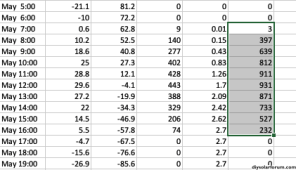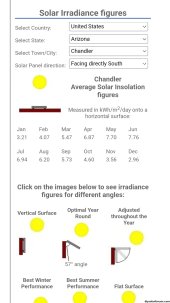Ceefiveceefive
New Member
- Joined
- Sep 28, 2019
- Messages
- 94
I am about to start with my sand battery experiment.
I plan on using it as a simple heat exchanger by blowing the heated air through metal pipe(s) into a room. Dimensions of the build will be 4x8x4 to start, bigger if needed.
I've decided to bury standard stove-top heating elements like the attached photo into the insulated battery. The individual element is rated 2600 watts. I'm thinking of putting them up 12 inches apart from each other for a total of 8 buried elements. Each element will be pulled apart so they form a cone shape and will heat more sand.
I need help calculating how many panels to attach to each element to continuously keep them heating during the day. I still need to figure out how hot I should get them & how I would do that.
Thanks!
I plan on using it as a simple heat exchanger by blowing the heated air through metal pipe(s) into a room. Dimensions of the build will be 4x8x4 to start, bigger if needed.
I've decided to bury standard stove-top heating elements like the attached photo into the insulated battery. The individual element is rated 2600 watts. I'm thinking of putting them up 12 inches apart from each other for a total of 8 buried elements. Each element will be pulled apart so they form a cone shape and will heat more sand.
I need help calculating how many panels to attach to each element to continuously keep them heating during the day. I still need to figure out how hot I should get them & how I would do that.
Thanks!







